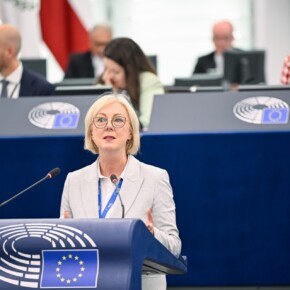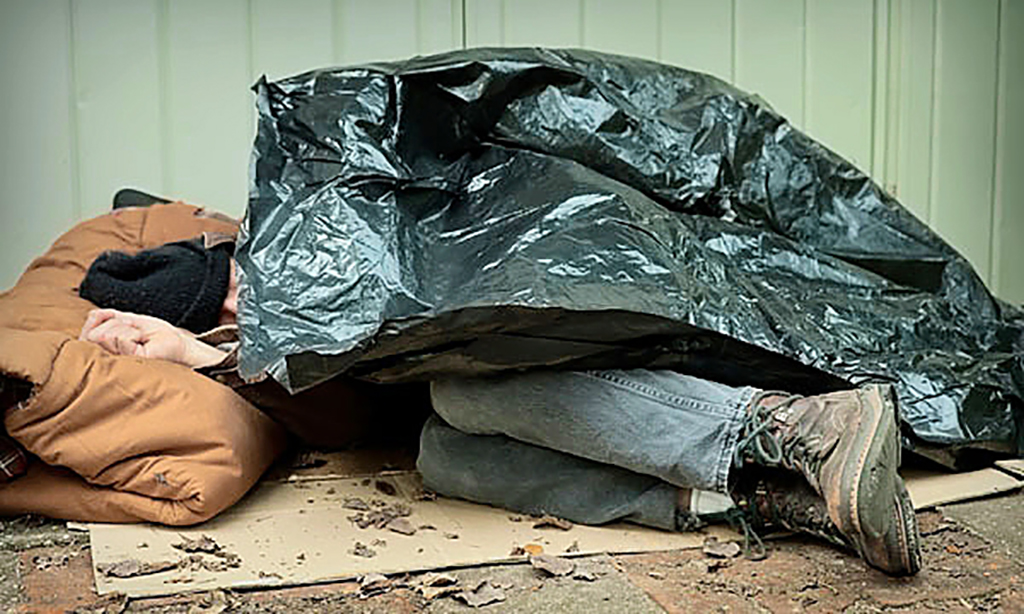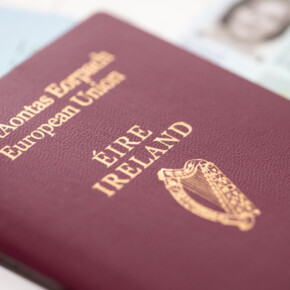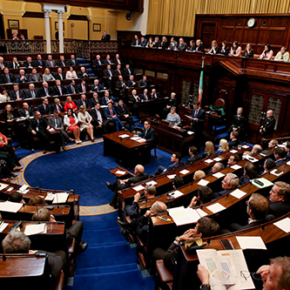Glasnevin exhibition marks historic centenaries
Dublin People 14 Dec 2013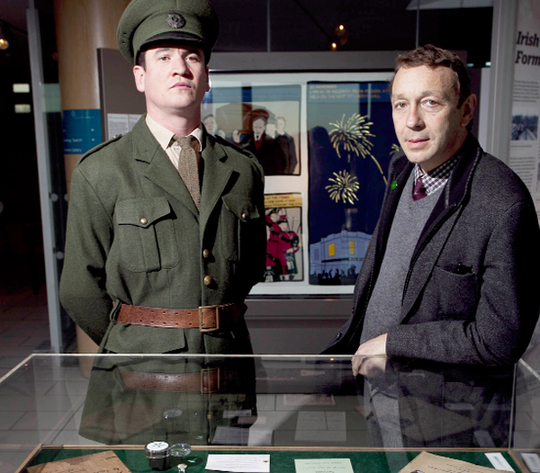
A NEW exhibition opened at Glasnevin Cemetery Museum last week to mark the centenaries of two organisations that were instrumental in the foundation of the state.
The Irish Citizen’s Army and the Irish Volunteers were both established in 1913 and earlier this year the Northside museum asked Dubliners to lend them artefacts and memorabilia of the time for the exhibition launched last week by Minister for Arts, Heritage and the Gaeltacht, Jimmy Deenihan.
The call helped uncover several interesting pieces from the time including guns, ammunition and documents written by men and women involved in the Easter Rising.
The exhibition focuses on the foundation, history and personalities of both the Irish Citizen’s Army and the Irish Volunteers during what was a tumultuous period in Irish history.
The story is brought to life by the exhibition artefacts, which include many never seen by the public before. They include a German Mauser Rifle, manufactured in 1870, which was landed at Howth on July 26, 1914, aboard the Asgard by Erskine Childers as part of a major consignment of arms for the Irish Volunteers.
The rifle, whose stock had been cut off to allow female members of the Volunteers smuggle it beneath their clothes through the streets of Dublin, was retrieved from Sean O Casey’s house on East Wall Road.
Other items on display include Roger Casement’s personal bible from 1915 and an inscribed shell, which he was carrying when arrested at Banna Strand in 1915.
Other items featured are a letter from Pádraig Pearse to Joseph Mary Plunkett requesting a literary contribution for the St Enda’s College magazine, letters from Thomas MacDonagh to Joseph Mary Plunkett and an original Volunteer’s tunic belonging to Dinny FitzPatrick.
“It’s fantastic to have these items in the museum as they have never been on public display before because they’ve been in private hands,
? said Glasnevin Cemetery historian, Shane McThomais.
“It really is the people’s exhibition as it was they who kindly lent many of the items on display in the exhibition.
?
Visitors to the exhibition can also enjoy original film clips and the history of the time displayed on informational panels.
John Green, Chairman of Glasnevin Trust, said the museum was striving to continually present important events in Irish history to the public.
“It is appropriate for us to continue with this commemorative theme following on from the highly successful recent staging of the
‘Third Home Rule’ exhibition, an exhibition based on the formation of The Ulster Volunteers and Unionism in Ireland from 1912 to 1914,
? he said.
Speaking at the launch Minister Deenihan discussed the historical importance of the new exhibition and called on members of the public who may have artefacts relating to the commemorative period to bring them forward so that they can add to a wider understanding of events such as the Easter Rising and World War I.
“Today’s launch is indicative of the Government’s commitment to inclusive and accurate commemoration during the Decade of Centenaries and highlights our partnership with bodies such as ICTU and the Glasnevin Trust,
? he said. This exhibition is a perfect example of how volunteers and members of the public can contribute to the Decade of Centenaries programme.
?
The exhibition also shines a light on a number of the lesser known, though no less heroic, participants in the seminal events leading up to 1916 who are buried at Glasnevin alongside the more famous names of the era.
They include John Lee from lower Rutland Street, a volunteer who was later wounded in Gallipoli and was brought home to die in Dublin and James Grace from Summerhill, who fought on Mount Street in the 1916 Rising, survived and went on to live into old age.
The opening of the exhibition coincides with the launch of ‘The Making of the Great 1913 Lockout Tapestry’ – a book documenting a collaborative project led by SIPTU and the National College of Art and Design to produce a large-scale work of art depicting the story of the 1913 Lockout.
The tapestry was made by members of the Irish Guild of Embroiderers, the Irish Patchwork Society, RADE (Rehabilitation through Art, Drama and Education), the Irish Countrywomen’s Association, a number of Dublin schools, community arts groups, trade union activists and inmates of Mountjoy prison.
The exhibition is open daily from 10am to 5pm from now until Easter 2014. Further details available online at www glasnevintrust.ie


